
The Role of Space in Minimalist Art Installations
Chosen theme: Role of Space in Minimalist Art Installations. Step into the intervals between objects, where silence becomes material and distance sculpts perception. Subscribe, comment, and tell us how emptiness has shaped your encounters with art.
In minimalist contexts, negative space is not background but a deliberate agent that frames choices, intensifies focus, and invites contemplation. What feels absent becomes present, guiding your attention toward subtle edges.
When Emptiness Speaks: Space as the Primary Medium
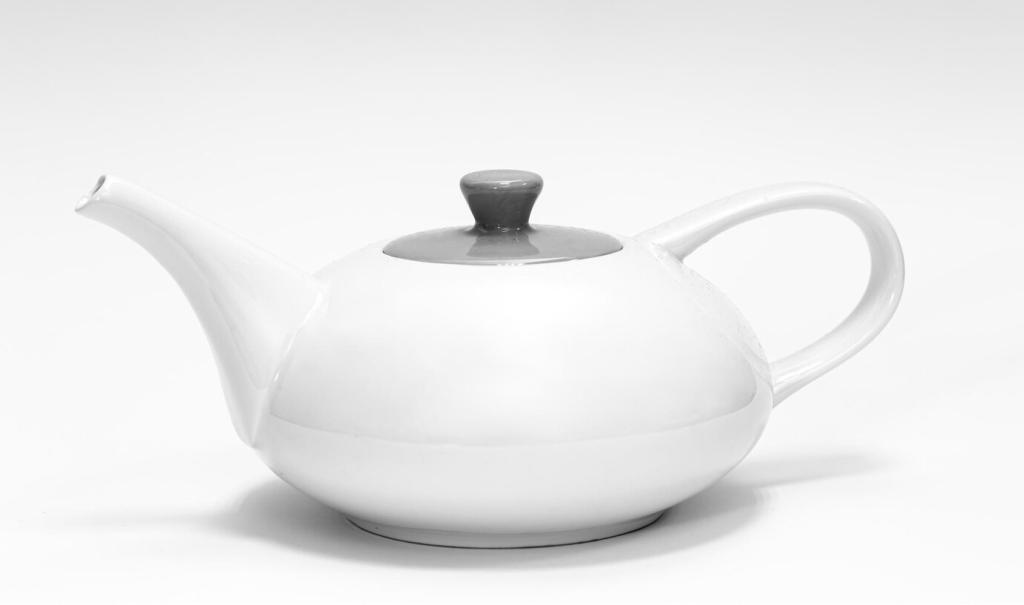
Acoustics of the Bare Room
Minimalist spaces amplify small sounds—footsteps, jacket zippers, whispers—turning visitors into participants. That heightened acoustic sensitivity changes behavior, encouraging slower movements and quiet attention to the installation’s fragile equilibrium.
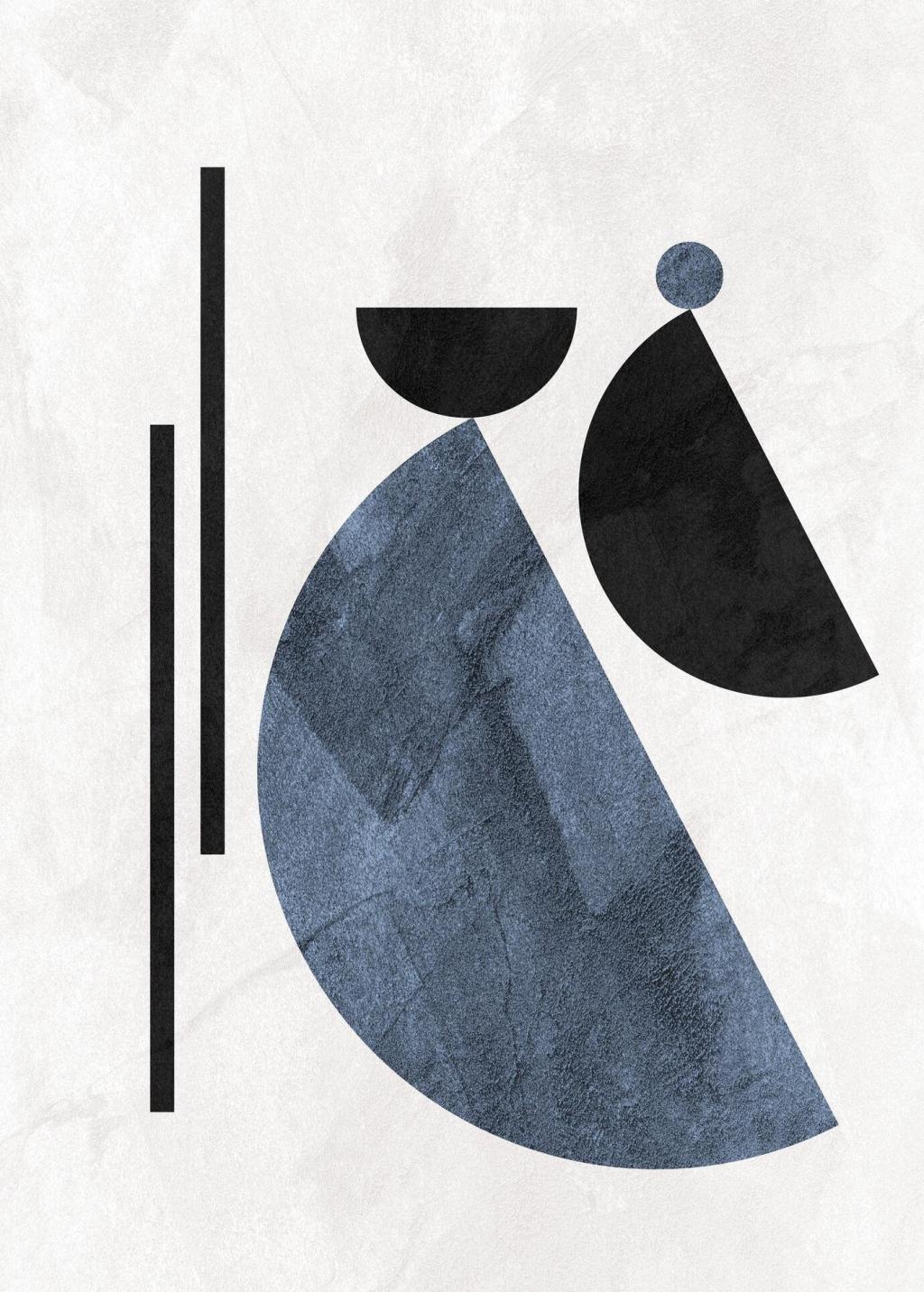
Light as Sculptural Material
Light grazes surfaces, exits corners, and makes edges hum. In minimalism, illumination is not decoration but matter, shaping volume and mood. Notice how shadows outline decisions and time itself becomes visible.
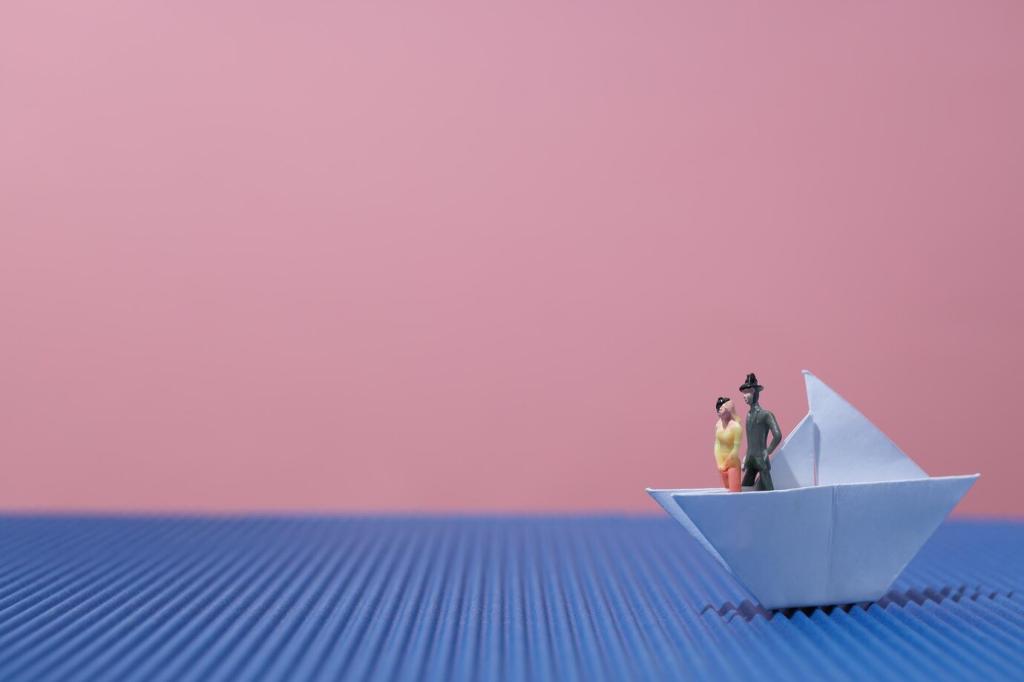
Scale, Body, and Breath
A wide void can feel generous or daunting, depending on how it meets the body. Minimalist space calibrates scale to reorganize breathing, posture, and pace. Tell us where your breath slowed most.
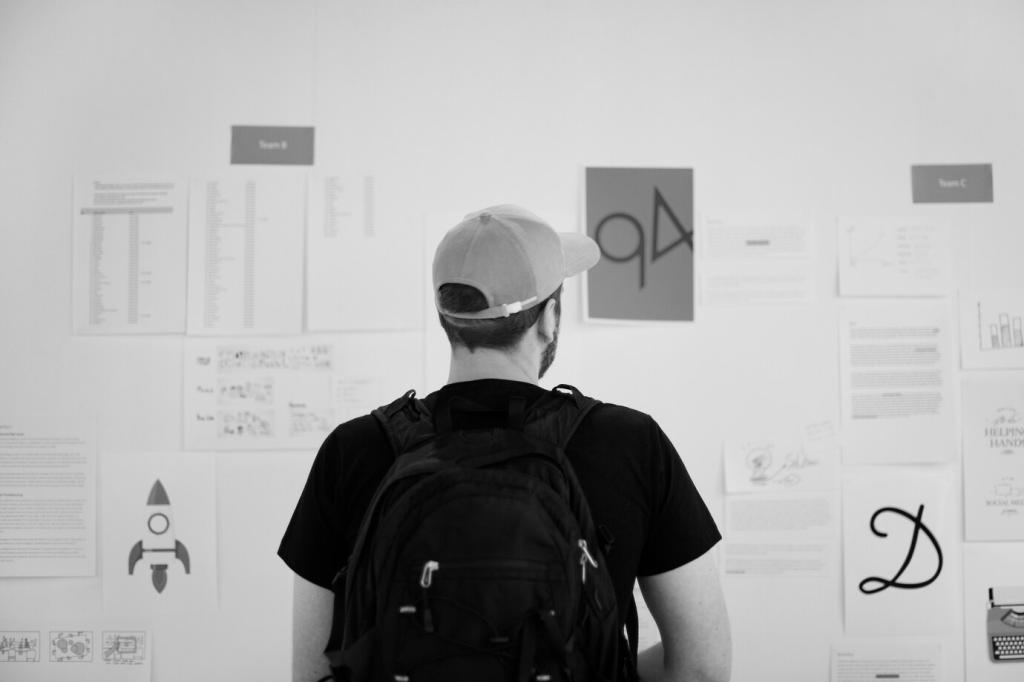


Site Matters: Architecture as Collaborator
In repurposed factories, minimal gestures travel farther. A single plane, a muted color, or a hovering line can resonate across vast volumes, revealing the building’s memory while offering a new, measured calm.
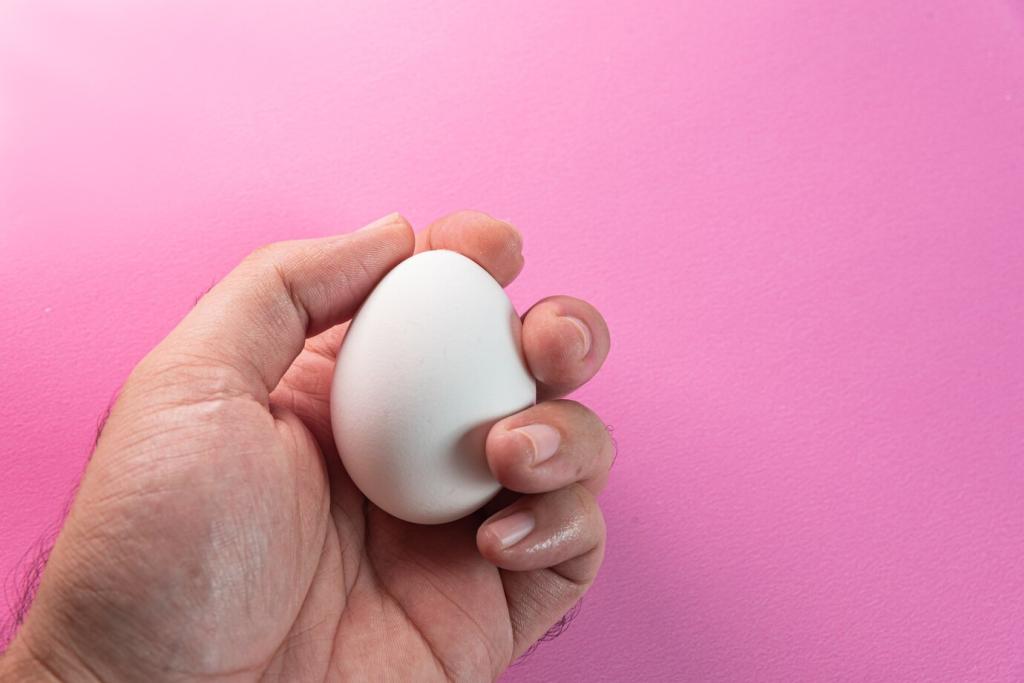
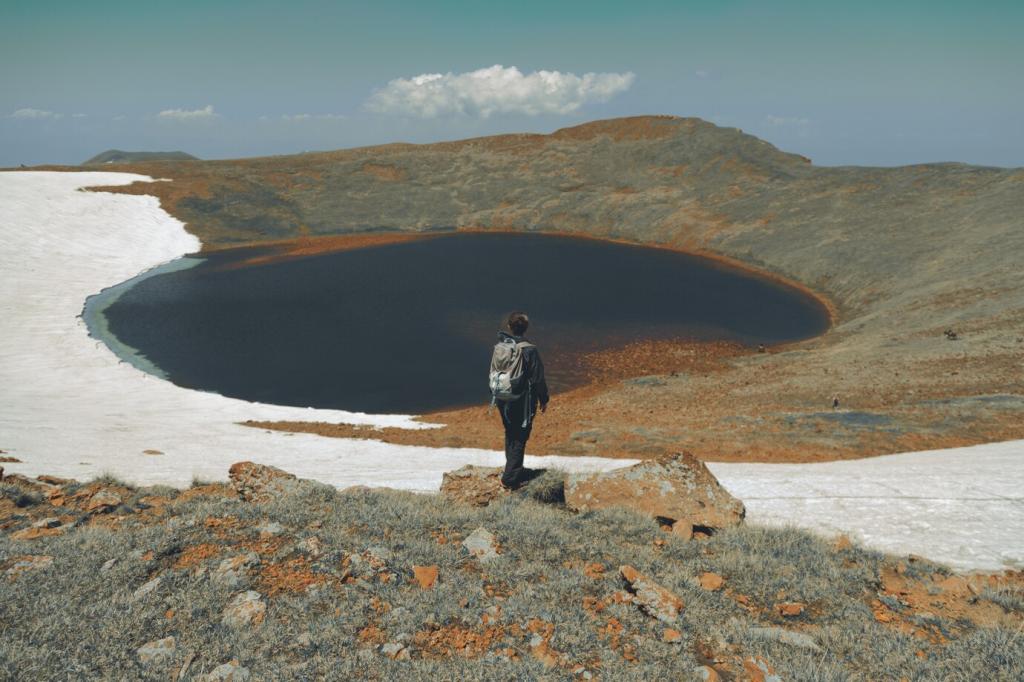
Site Matters: Architecture as Collaborator
Outdoors, weather turns space into a living collaborator. Wind edits sound, clouds rewrite light, and the horizon anchors scale. Minimal interventions become instruments tuned to shifting environmental rhythms and seasonal time.
Materials That Leave Room: Letting Space Do Work
Transparent materials braid object and environment, allowing space to circulate. Mesh and glass dilute boundaries, so the room permeates the work and the work permeates the room, creating reciprocal visibility.

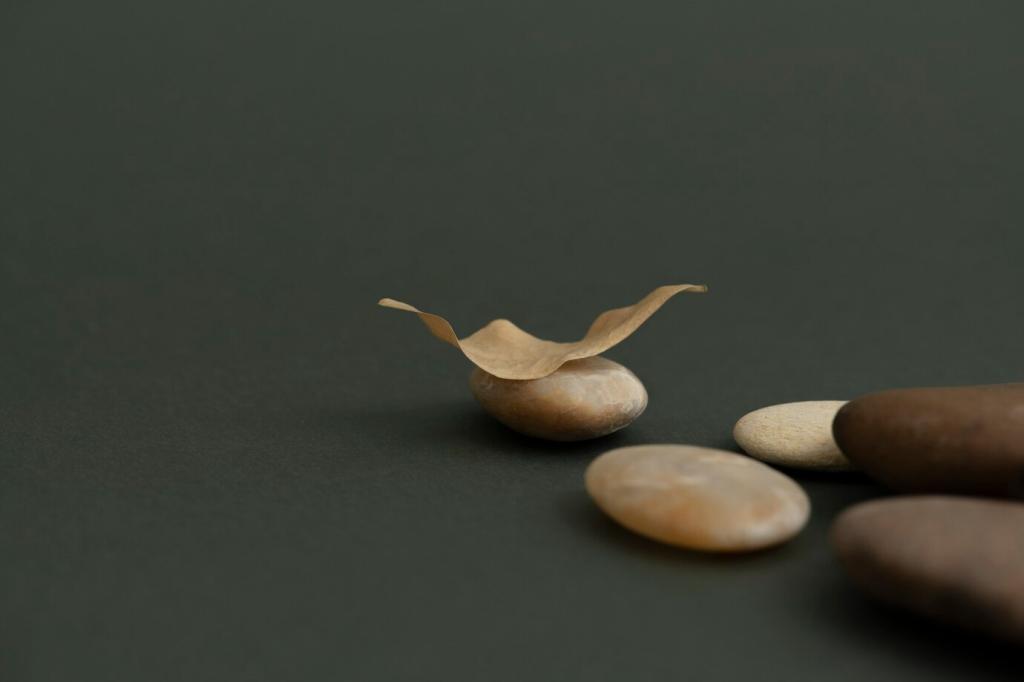
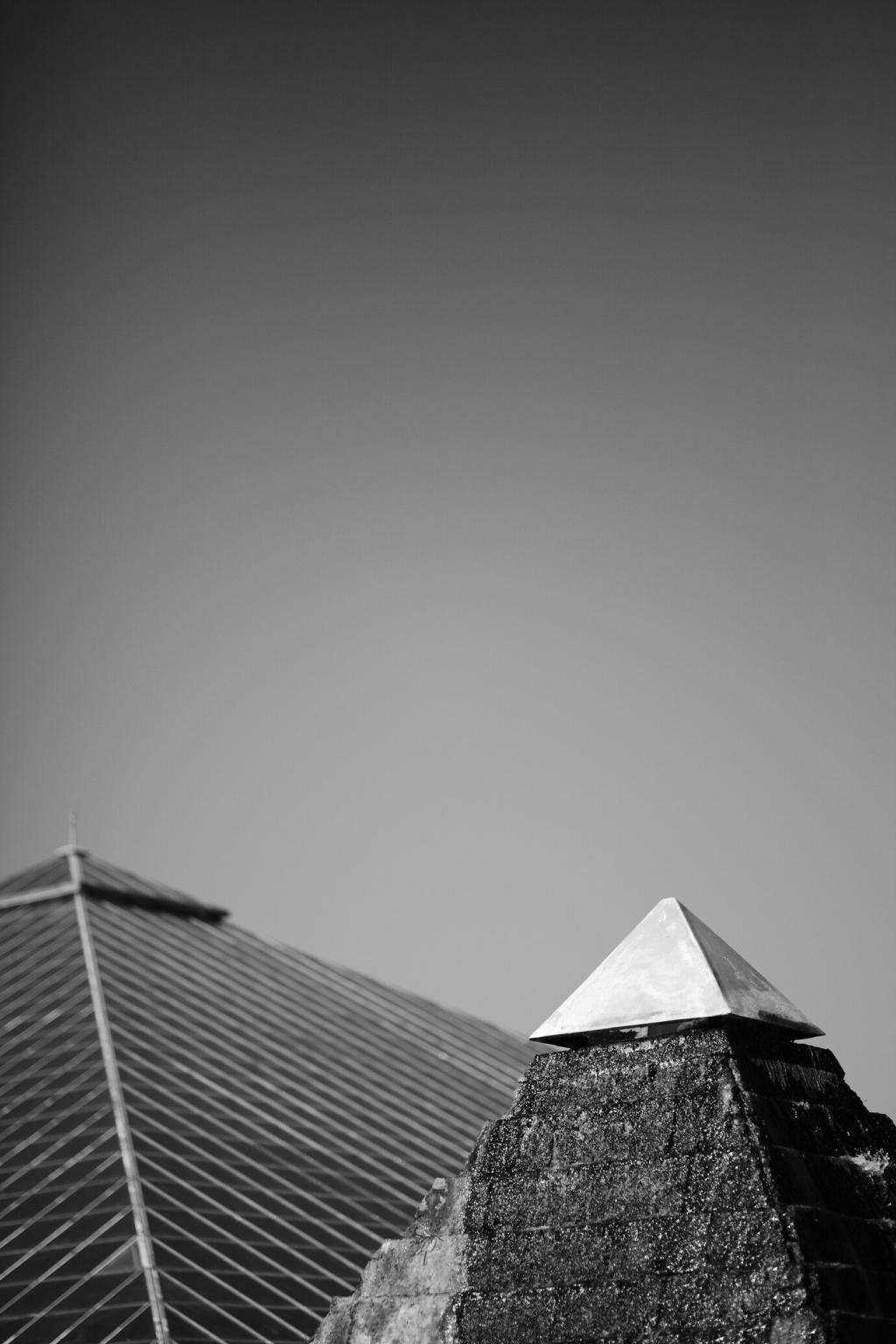
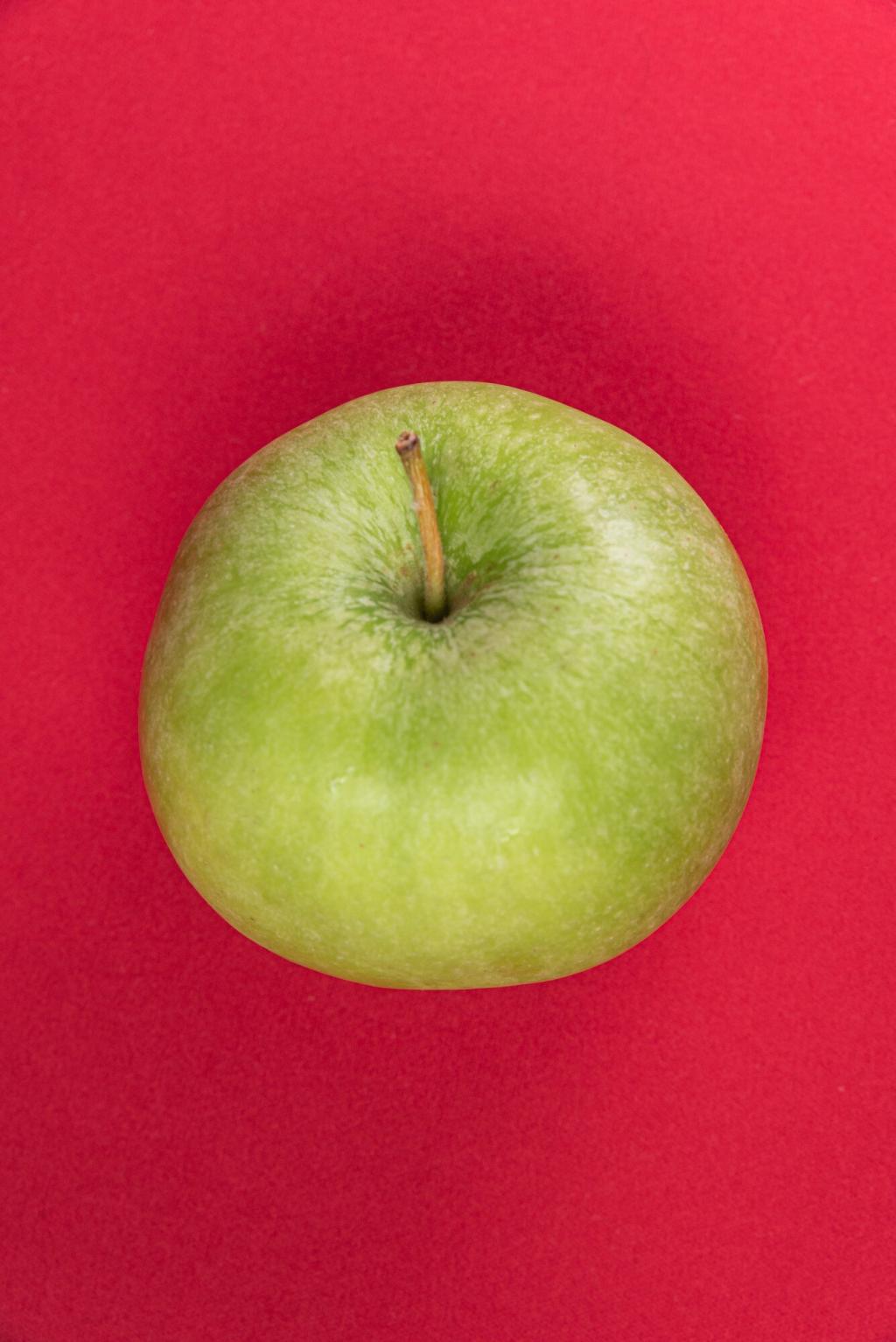
Exercises in Subtraction
Remove one element, then two more. Notice what intensifies—light drift, footfall, shadow angle. Keep a log of perception shifts to learn which absences turn into the strongest presence for viewers.
Tape, String, and Mock-Ups
Map sightlines with tape on the floor and string at eye level. Walk the route repeatedly. Cheap mock-ups reveal how small spatial edits transform attention before fabrication costs escalate.
Invite Feedback, Iterate Slowly
Host quiet walkthroughs and ask where people paused, whispered, or sighed. Those micro-responses chart spatial effectiveness. Iterate slowly, adjusting distances until the room begins speaking in a calm, clear voice.
